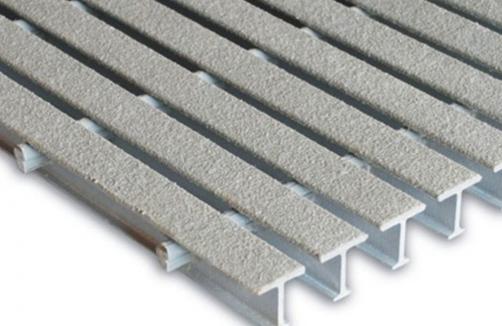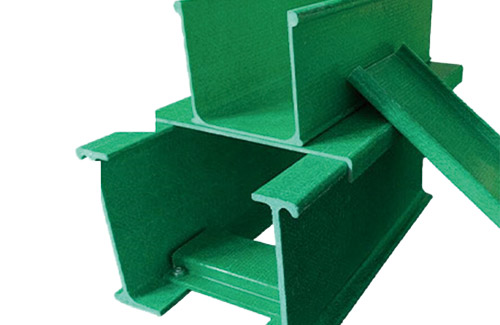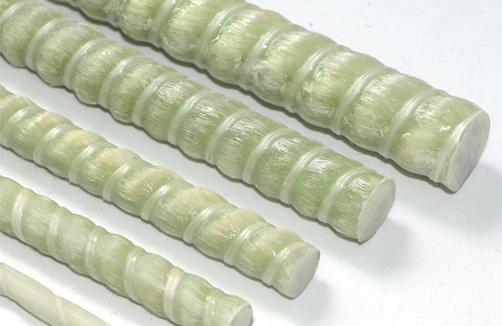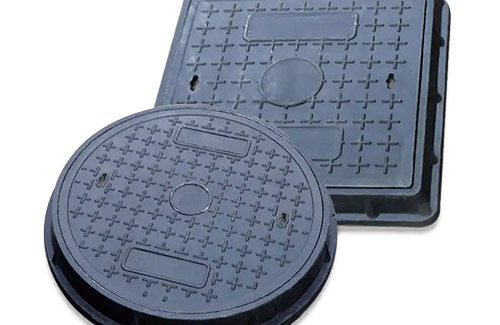Fiber Reinforced Polymer (FRP) grating materials have revolutionized the industrial flooring industry, offering exceptional durability and performance. FRP grating, also known as fiberglass grating, is a composite material composed of resin and glass fibers that are interlocked in a specific pattern to create a strong and lightweight structure. Its unique properties make it an ideal choice for various applications, from walkways and platforms to drainage systems and chemical processing areas.
One of the key advantages of FRP grating is its exceptional durability. Unlike traditional flooring materials such as steel or concrete, FRP grating is resistant to corrosion, chemical attack, and extreme temperatures. This makes it particularly suitable for environments that are exposed to harsh conditions, such as industrial facilities and outdoor areas.
The corrosion resistance of FRP grating is due to the non-conductive nature of the material. It does not rust or corrode even in wet or salty environments, ensuring long-term performance and durability. Additionally, FRP grating is resistant to chemical attack, making it suitable for use in areas where acids, alkalis, and other corrosive substances are present.
FRP grating also exhibits excellent temperature resistance. It can withstand both high and low temperatures without significant degradation in performance. This allows it to be used in environments where traditional materials may fail due to thermal stress.
Another key factor that contributes to the durability of FRP grating is its high strength-to-weight ratio. FRP grating is significantly lighter than steel or concrete, yet it maintains comparable strength and stiffness. This reduces the need for heavy supports and foundations, further enhancing its durability and ease of installation.
The durability of FRP grating is also reflected in its long-term performance. With proper installation and maintenance, FRP grating can last for decades without significant wear or degradation. This makes it a cost-effective solution for industrial flooring needs, as it requires minimal replacement or repairs over its lifespan.
In addition to its durability, FRP grating offers other advantages that make it a preferred choice for industrial applications. It is non-slip and provides excellent traction, reducing the risk of accidents and falls. It is also easy to clean and maintain, ensuring a hygienic and safe working environment.
FRP grating is also highly customizable, allowing for the creation of unique solutions that meet specific application requirements. It can be produced in various sizes, shapes, and thicknesses to fit different flooring needs. This flexibility makes it suitable for a wide range of industries, including oil and gas, chemical processing, marine, and transportation.
Moreover, FRP grating is environmentally friendly. It is made from recyclable materials and can be easily disposed of or recycled at the end of its lifespan. This reduces waste and environmental impact, aligning with sustainable practices and green building initiatives.
In conclusion, FRP grating materials offer exceptional durability and performance for industrial flooring applications. Their resistance to corrosion, chemical attack, and extreme temperatures, coupled with their high strength-to-weight ratio and long-term performance, make them a cost-effective and sustainable solution. With their numerous advantages, FRP grating is poised to continue revolutionizing the industrial flooring industry and meeting the challenges of today's demanding environments.
To fully leverage the durability of FRP grating, it is important to consider several factors during installation and maintenance. Proper installation is crucial to ensure the long-term performance of FRP grating. This includes selecting the appropriate type and size of grating based on the specific application requirements, ensuring that the supports and fixings are securely installed, and following the manufacturer's installation guidelines.
Maintenance is also key to maintaining the durability of FRP grating. Regular cleaning and inspection can help identify any potential issues such as cracks or damage and address them promptly. Additionally, it is important to avoid using abrasive cleaning materials or chemicals that could damage the surface of the grating.
It is also worth noting that FRP grating is not suitable for all applications. In some cases, traditional materials may still be the better choice based on specific requirements or environmental conditions. Therefore, it is essential to consult with experts and conduct a thorough analysis before making a decision on the best flooring material for a particular application.
In summary, FRP grating materials provide a durable and cost-effective solution for industrial flooring needs. With their excellent resistance to corrosion, chemical attack, and extreme temperatures, coupled with their high strength-to-weight ratio and long-term performance, FRP grating is an ideal choice for various applications. Proper installation and maintenance are crucial to maximizing its durability and ensuring optimal performance over its lifespan. As the industrial flooring industry continues to evolve, FRP grating is expected to play an increasingly important role in meeting the demands of today's challenging environments.








